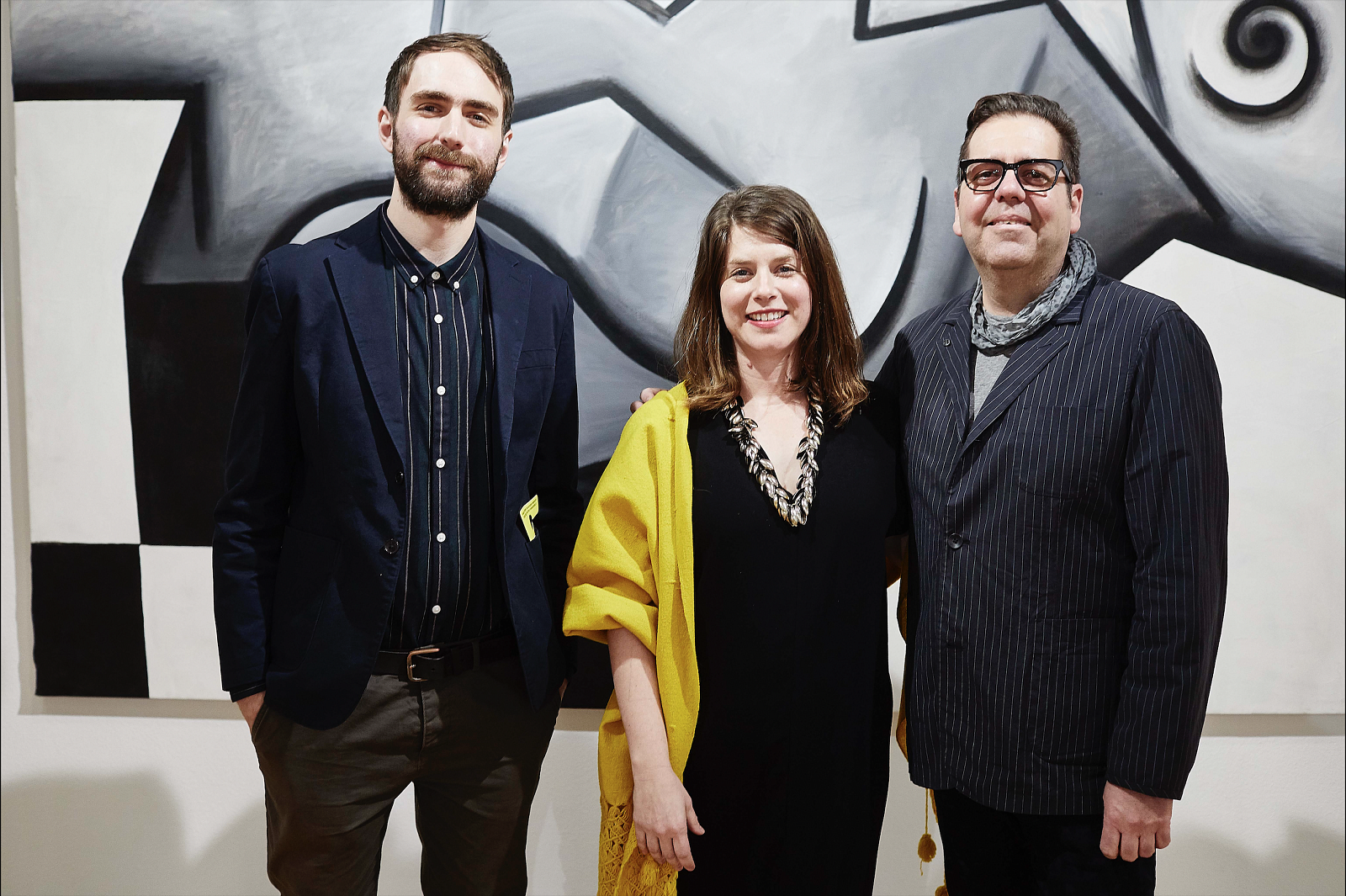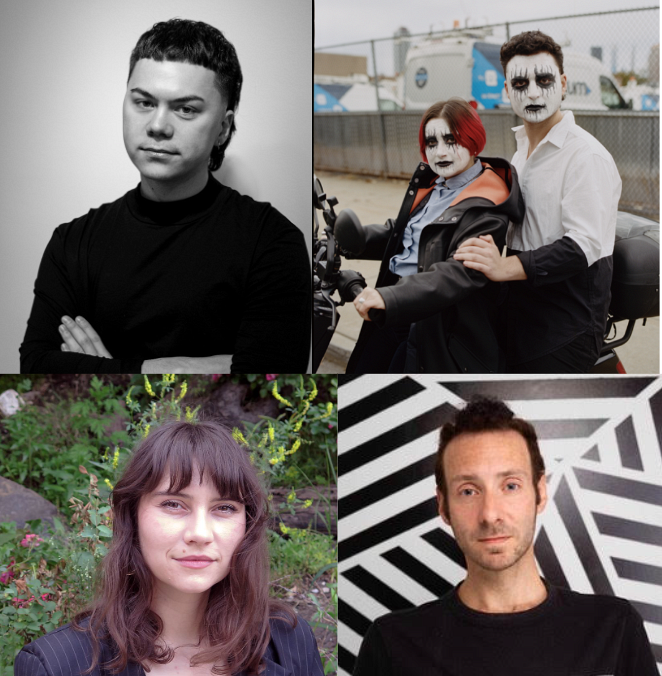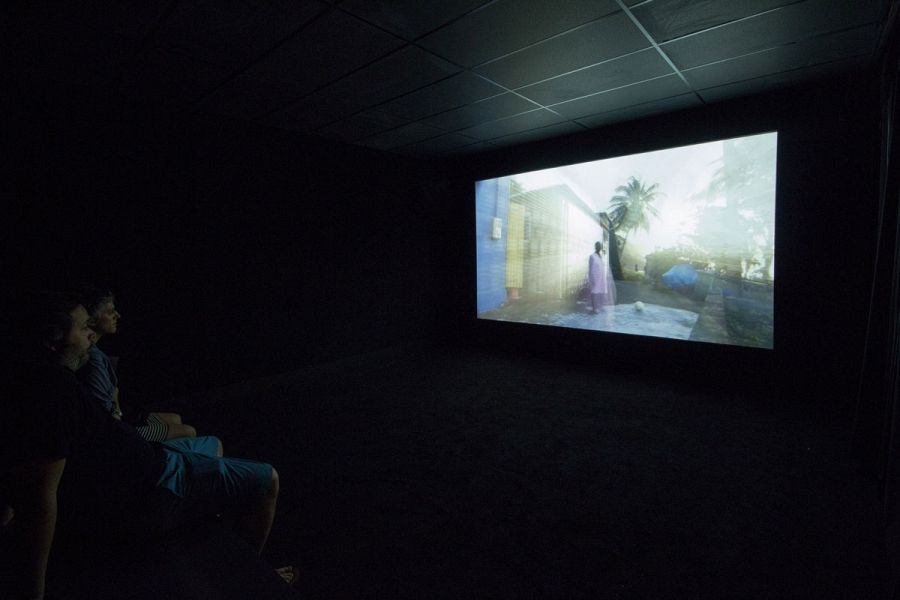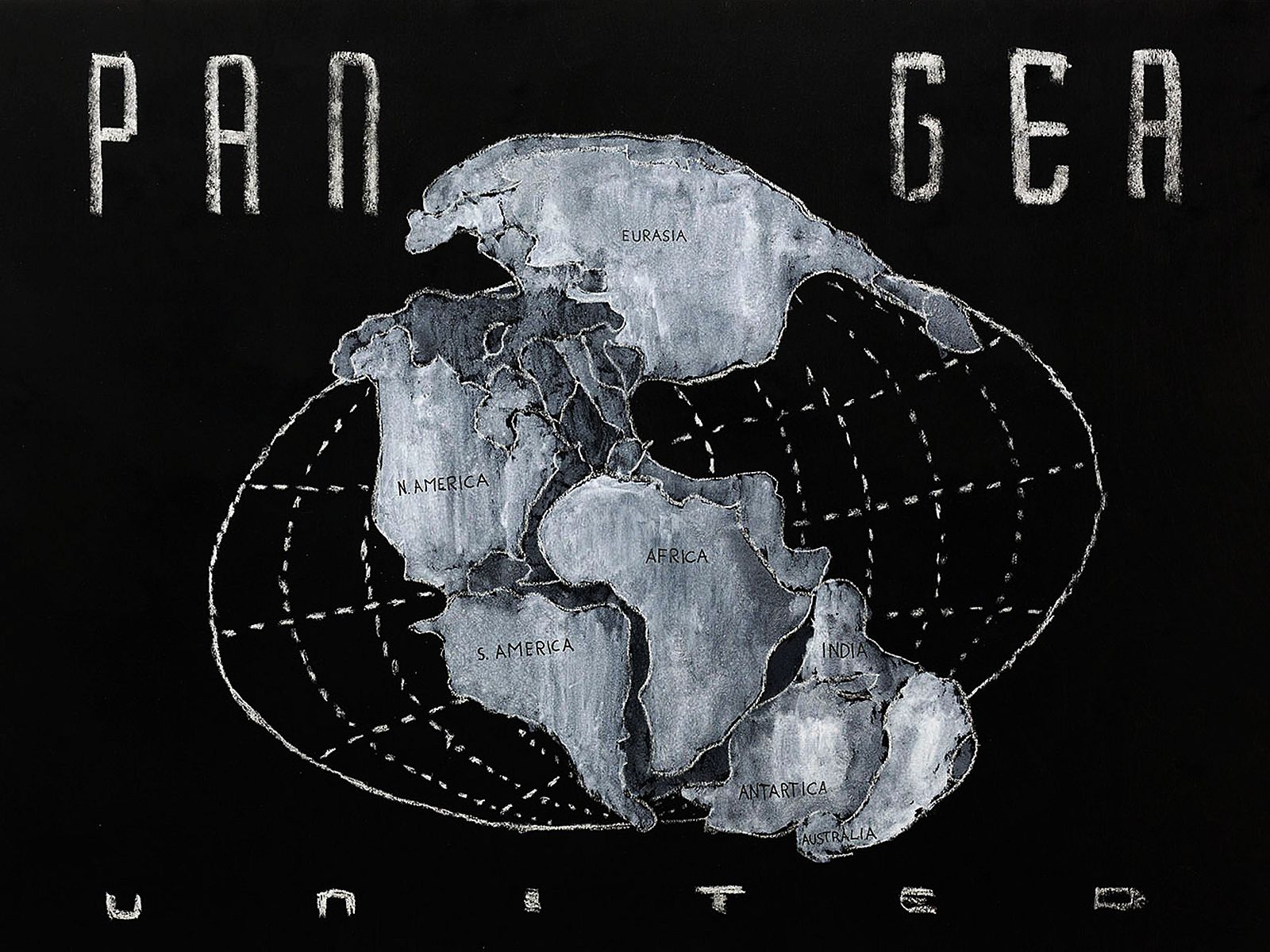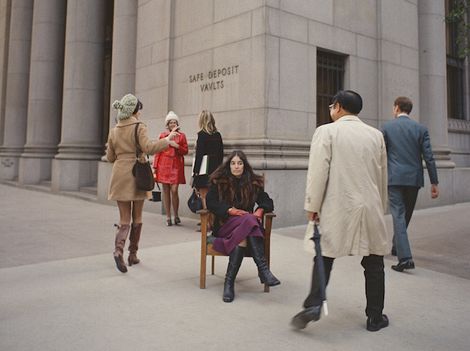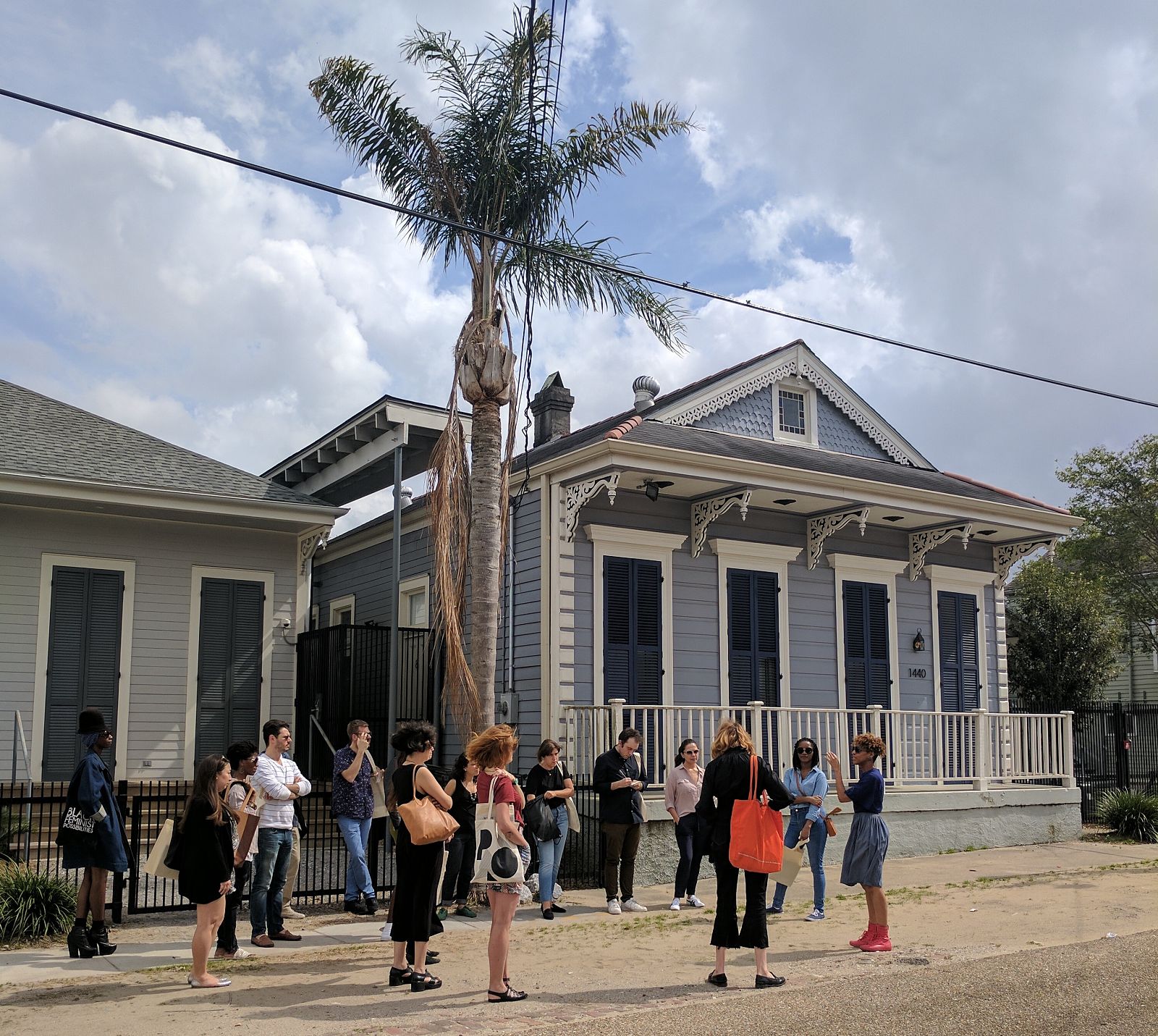As they travel, ICI exhibitions offer the potential of larger, more ambitious and deeply researched projects than would otherwise be possible without the sharing of knowledge and resources available through ICI’s network. When Alisha Kerlin, artist, educator, curator, researcher, and the executive director of the Marjorie Barrick Museum of Art at the University of Nevada, Las Vegas (UNLV), approached ICI about bringing Axis Mundo to Vegas, she knew that the exhibition would resonate with her community in unprecedented ways. The success of Axis Mundo at the Barrick earned the museum, newly under Kerlin’s leadership, countless press accolades, a surge of community support, including over 50 Thank-You notes sent by Axis Mundo visitors from a local community college, and even an award for the “Best Art Transformation” of 2019 by Las Vegas Weekly staff. Below is Kerlin’s account of the experience of showing Axis Mundo in Las Vegas.
Reflections from Alisha Kerlin At the opening of Axis Mundo, a UNLV professor focusing on student movements and social justice education, Dr. Anita Revilla, told me this was the first time in 14 years that she felt welcome at the museum. “It’s like a mirror,” she said.
Axis Mundo was the first exhibition in the museum’s history to put queer voices center stage, and it came with scholarship, support, and press that shifted our history and could be used to leverage something new. The Barrick had never considered that such a huge and powerful show could travel to UNLV, and at first we were met with resistance within our own city: Why would we take a traveling exhibition when we could curate our own? Moreover, stakeholders in the community were concerned about the show’s “content” and the School District, a regular partner in our programs, could not endorse tours from local high school groups. When faced with the complexities of our community, the ICI team respectfully listened, talked through, and supported us in these challenges. We started an open dialogue about the benefits of traveling Axis Mundo to Nevada because we all knew that there was tremendous potential in partnering with ICI. The show wasn’t packaged and plopped into our city. Together, we were part of creating something new. The Las Vegas presentation of Axis Mundo came with a lot of firsts for all parties. It was the first time the exhibition was shown in its entirety in one space. It was also the first time the exhibition was presented with both Spanish and English descriptions. Co-curators David Evans Frantz and C. Ondine Chavoya came out for the installation along with Becky Nahom, ICI’s Director of Exhibitions, making it possible for our small team to fully embrace the exhibition. With over 50 artists and more than 200 pieces, Axis Mundo was an ambitious undertaking that raised the bar and became a model of research and curating. As the exhibition opened, Frantz and Chavoya, along with several of the artists in the exhibition who could be present, generously shared stories about their work and expanded on the histories shared throughout the exhibition. Hundreds of people attended the opening and the curators’ talk, many visiting the museum for the very first time.
Reflecting on Axis Mundo’s positive reception in Las Vegas is now a point of pride for many of us in the community. We’re thrilled to see that the exhibition continues to travel across the country, building a whole new set of networks and histories along the way.
Alisha Kerlin is the Executive Director of the Marjorie Barrick Museum of Art at the University of Nevada, Las Vegas. Axis Mundo: Queer Networks in Chicano L.A. was on view at the Barrick from January 11 to March 16, 2019. To learn more about the Barrick’s program, visit www.unlv.edu/barrickmuseum.
